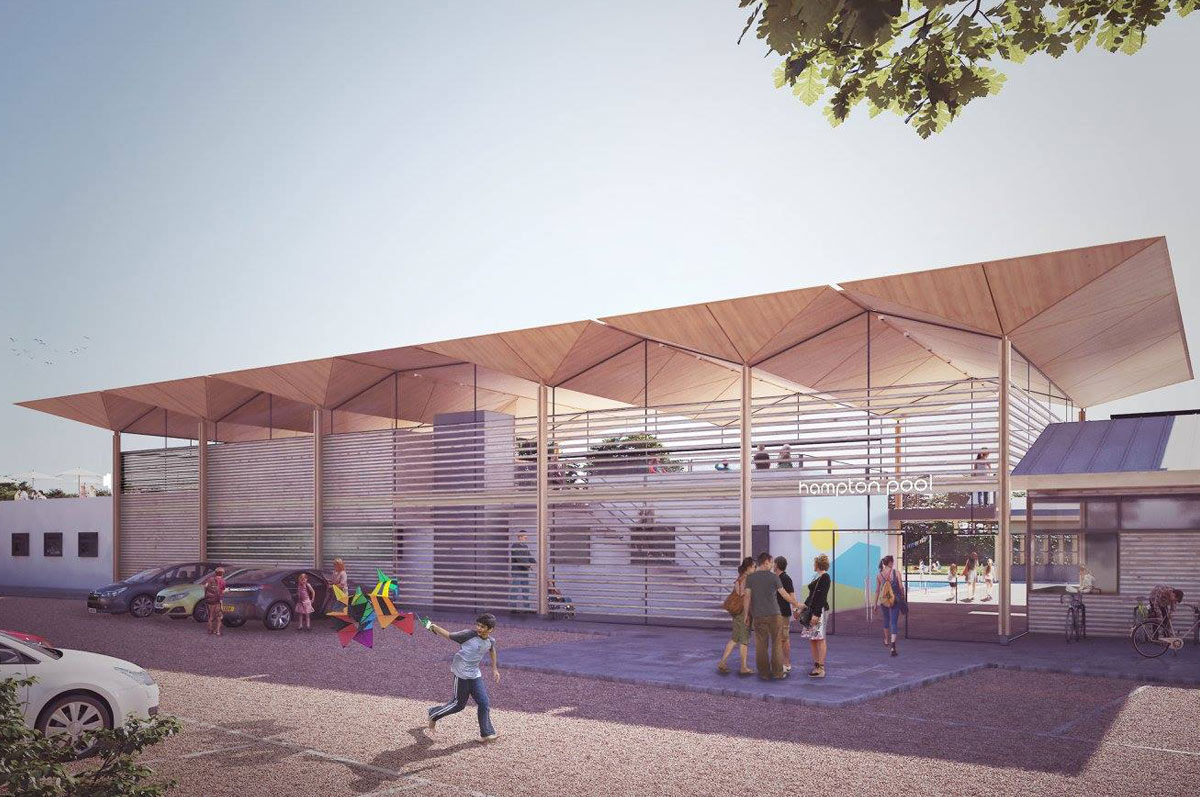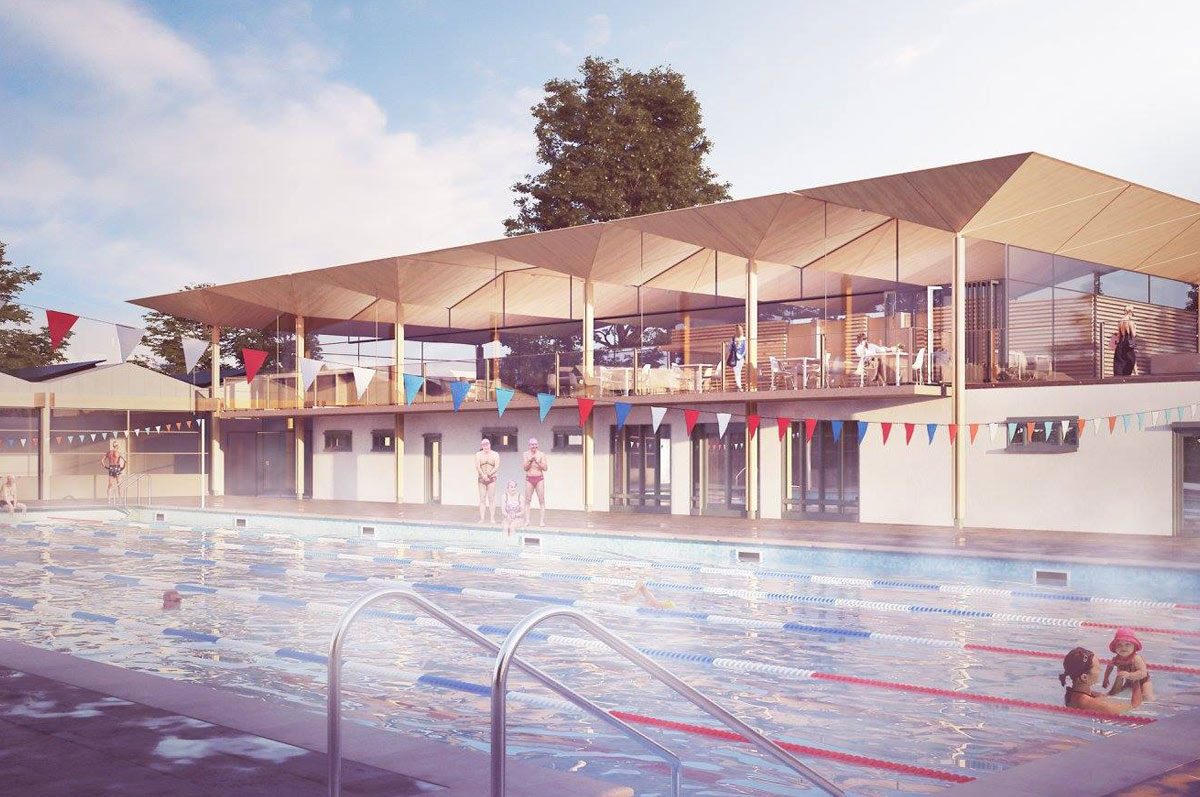Energy strategy
Energy efficiency
Reducing the energy demand and CO2 emissions of a development are fundamental to the impact of the building on the environment. The proposed design approach is fully in line with the aims of, and the design hierarchy contained within, the London Plan, which aims to conserve energy by a defined energy hierarchy, which should be complied with in the following order:
- using less energy, in particular by adopting sustainable design and construction measures, such as utilising natural daylighting and ventilation;
- supplying energy efficiently, in particular by prioritising decentralised energy generation;
- using renewable energy, such as photovoltaic panels (PVs) on the south-facing portions of the roofs.
The project aims to adopt an environmental approach to material selection and procurement. The contractor will be expected to create a sustainable procurement plan for sourcing materials.
Supplying energy efficiently
In considering the most appropriate mechanical and electrical systems for the development we have been driven by the ambition to reduce energy usage. Energy saving methods that will be incorporated include:
- Mechanical ventilation with heat recovery. Heat recovery is the useful extraction of heat (or cool) from fluids (water or air) that would otherwise be rejected to air or ground;
- High efficiency plant;
- High efficiency lighting sources and appropriate controls. All electrical
lighting provided will be by low energy and high efficiency sources
(predominately fluorescents and LED lighting);
- Variable speed pumps and fans. Over-ventilating a heated area is one of
the single biggest causes of wasted energy in buildings. Variable speed fans and pumps allow the system to respond to different loads efficiently, at lower speeds when possible to minimise energy use;
- Cooling. The need for cooling has been reduced by the passive measures such as glazing orientation and shading. Where cooling is required due to high internal gains from physical activity mechanical cooling is proposed. This is the case for the gym and fitness studios to maintain comfortable conditions;
- A Building Management System (BMS) will control mechanical systems to ensure they operate at optimal efficiency and allow energy use in the building to be monitored. Large energy loads will be metered and monitored by the BMS.


























